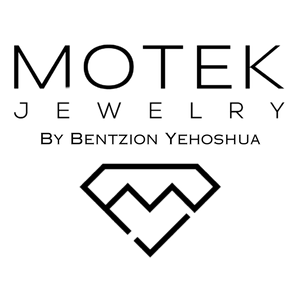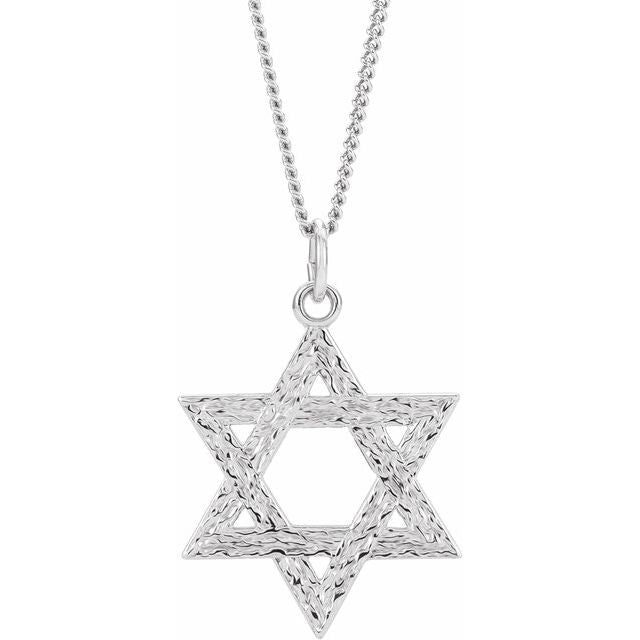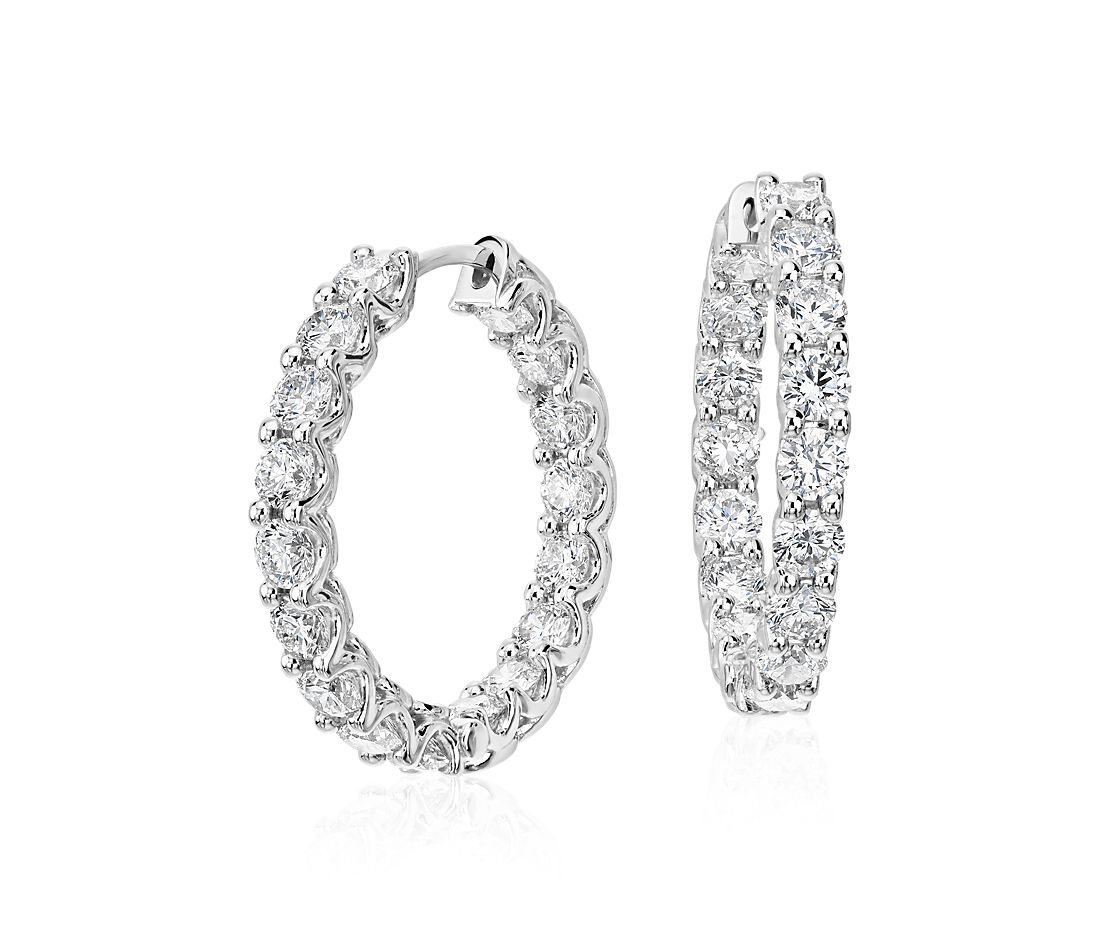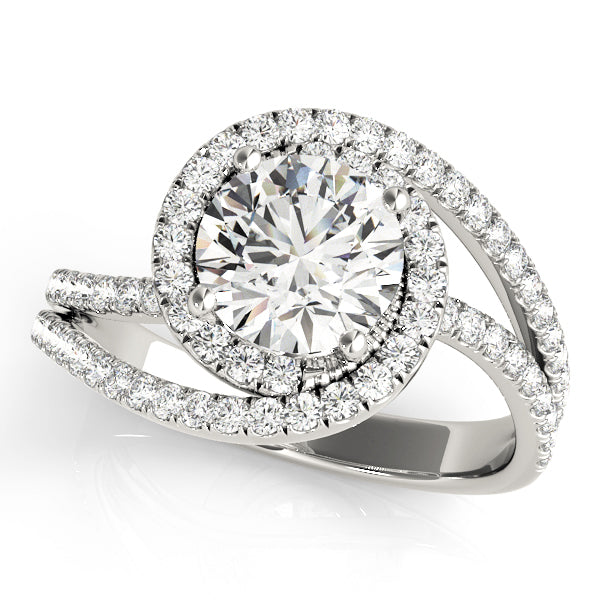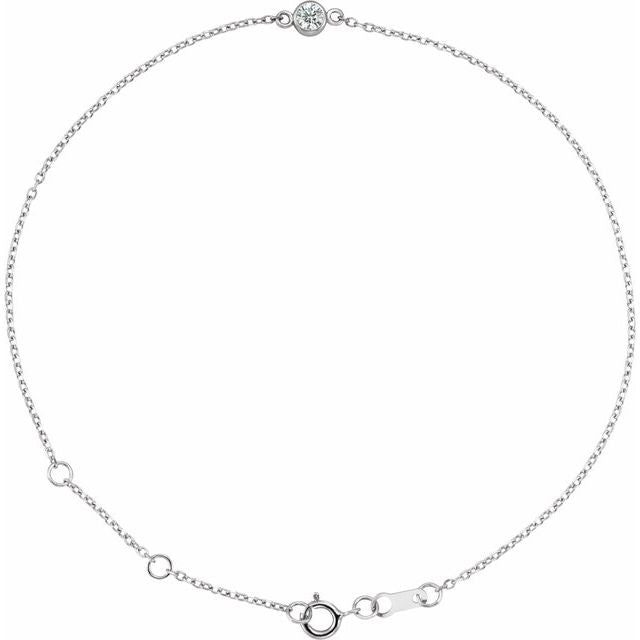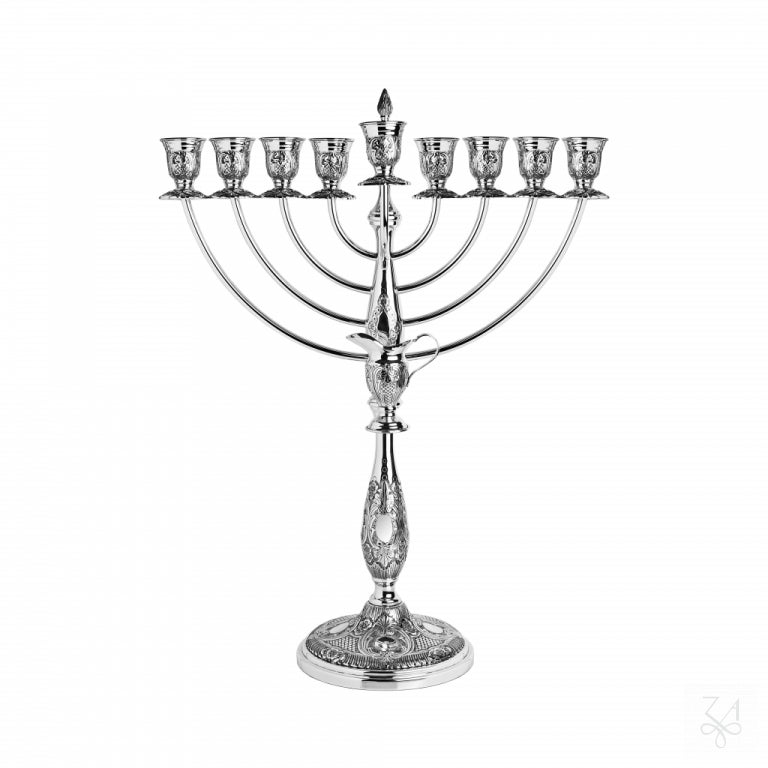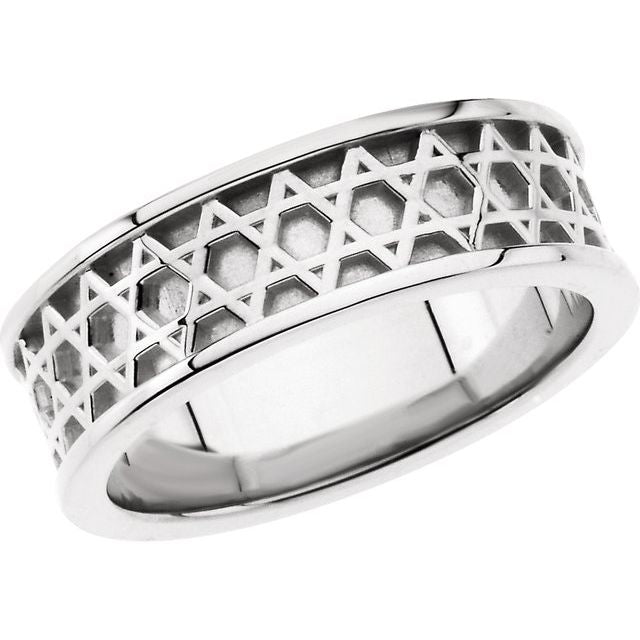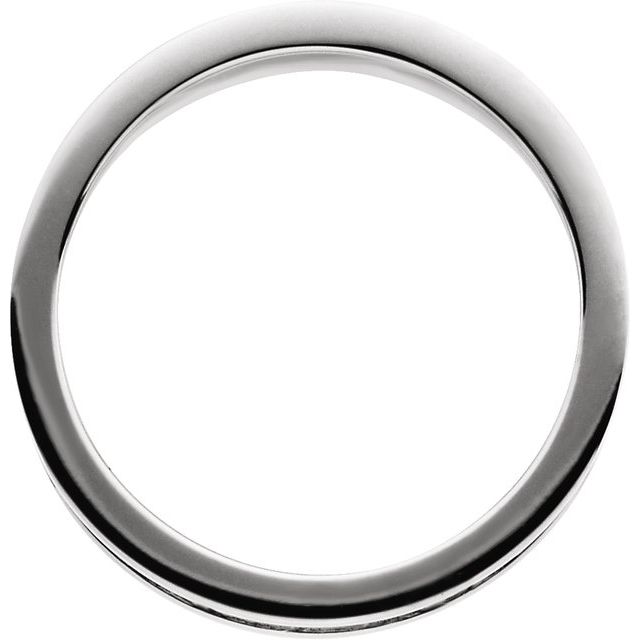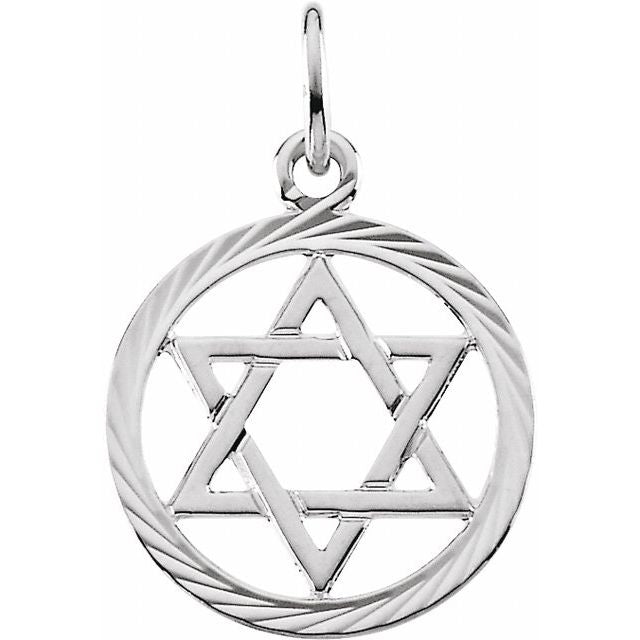The Most Expensive Jewelry Pieces Ever Sold: Treasures Beyond Imagination

In a world where luxury knows no bounds, there exists a realm of adornments so precious, so rare, and so breathtakingly beautiful that they command prices that would make even the wealthiest individuals pause. Welcome to the exclusive universe of the most expensive jewelry ever sold—where history, artistry, and unimaginable wealth converge to create legends that sparkle not just with diamonds, but with fascinating stories.
Have you ever wondered what it would feel like to wear a necklace worth more than a small country's GDP? Or to slide a ring onto your finger that costs more than most people's lifetime earnings? Today, we're going on a journey through the glittering world of high-end jewelry, exploring pieces that have shattered auction records and captured the imagination of collectors worldwide.
The Oppenheimer Blue: A Sky on Your Finger
Imagine owning a piece of the sky—that's what wearing the Oppenheimer Blue diamond might feel like. In May 2016, this extraordinary 14.62-carat rectangular-cut vivid blue diamond sold for a staggering $57.5 million at Christie's Geneva. That's nearly $4 million per carat, making it one of the most expensive diamonds ever sold at auction at the time.
What makes this gem so special? Blue diamonds are incredibly rare, comprising less than 0.1% of all diamonds mined worldwide. And among blue diamonds, those classified as "vivid blue" are the rarest of the rare. The Oppenheimer Blue was named after its previous owner, Sir Philip Oppenheimer, whose family controlled the De Beers diamond mining company for generations.
The auction itself was a nail-biter, with bidding lasting 25 minutes—an eternity in auction time. When the gavel finally fell, the room erupted in applause. The buyer? Anonymous, of course, as is often the case with these ultra-luxury purchases. Perhaps they're wearing it right now as they read this article (though I highly doubt it).

The Pink Star: A Rose-Colored Fortune
If blue diamonds are rare, pink diamonds are practically mythical. The Pink Star, a 59.60-carat oval mixed-cut pink diamond, is the largest internally flawless fancy vivid pink diamond ever graded by the Gemological Institute of America. In April 2017, this rosy wonder sold for $71.2 million at Sotheby's Hong Kong, setting a world record for any gem sold at auction.
Originally mined by De Beers in Africa in 1999, it took Steinmetz Diamonds two years to cut the stone from a 132.5-carat rough diamond. The result was so spectacular that it was first exhibited in Monaco in 2003 as the "Steinmetz Pink."
The journey of this diamond to its record-breaking sale wasn't straightforward. It had previously been sold in 2013 for $83 million, but the buyer defaulted on payment, forcing Sotheby's to buy it back. Four years later, it found its forever home with Hong Kong jewelry retailer Chow Tai Fook, who renamed it the "CTF Pink Star" in honor of the company's founder.
The Wittelsbach-Graff Diamond: Royal Blue
Some diamonds aren't just valuable—they're historical treasures. The Wittelsbach-Graff Diamond is one such gem, with a provenance that reads like a European history textbook. This 31.06-carat deep blue diamond originated from the Indian Kollur mine in the 17th century and became part of the Austrian and later Bavarian Crown Jewels.
In 2008, it was purchased by diamond dealer Laurence Graff for $23.4 million—a record at the time. Controversially, Graff recut the diamond to remove chips and improve its clarity, reducing it from 35.56 carats to 31.06 carats. While purists cried foul at altering a historical gem, the recut diamond received a higher clarity grade and maintained its intense blue color.
The diamond's royal history adds layers to its value. It was given to Infanta Margarita Teresa of Spain (the little princess in Velázquez's famous painting "Las Meninas") upon her engagement to Emperor Leopold I of Austria in 1664. Through royal marriages, it eventually passed to the Wittelsbach family of Bavaria, where it remained until after World War I.

The Hutton-Mdivani Jadeite Necklace: Green Royalty
Not all record-breaking jewelry features diamonds. In April 2014, the Hutton-Mdivani Jadeite Necklace sold for $27.44 million at Sotheby's Hong Kong, making it the most expensive piece of jadeite jewelry ever sold.
This necklace consists of 27 graduated jadeite beads of exceptional translucency and vibrant emerald-green color, completed with a clasp adorned with rubies and diamonds by Cartier. The beads range from 15.4 to 19.2 millimeters in diameter—enormous by jadeite standards.
The necklace's provenance adds to its allure. It was originally a wedding gift from Cartier to Barbara Hutton, the Woolworth heiress, when she married Prince Alexis Mdivani in 1933. Known as the "Poor Little Rich Girl," Hutton's tumultuous life (she married seven times) contrasts with the serene beauty of this necklace, which eventually found its way to the Cartier Collection after its record-breaking sale.
The Winston Blue: Small but Mighty
Sometimes, the most valuable things come in small packages. The Winston Blue, a 13.22-carat pear-shaped flawless vivid blue diamond, sold for $23.8 million at Christie's Geneva in 2014. That's approximately $1.8 million per carat, demonstrating that when it comes to diamonds, quality and rarity often outweigh size.
The gem was purchased by Harry Winston (now owned by the Swatch Group) and named by its CEO Nayla Hayek, who called it "the most beautiful blue diamond in the world." The Winston Blue joined another famous blue diamond in the company's collection—the 101-carat Winston Legacy, purchased a year earlier.
What makes this diamond particularly special is its combination of size, color, and clarity. Most blue diamonds have some inclusions or color variations, but the Winston Blue is both flawless and displays an even, vivid blue throughout—a combination so rare that gemologists consider it miraculous.
The Graff Pink: Perfection in Pink
In 2010, the jewelry world was stunned when a 24.78-carat fancy intense pink diamond sold for $46.2 million at Sotheby's Geneva. The buyer was none other than Laurence Graff (yes, the same diamond dealer who purchased the Wittelsbach-Graff Diamond), who promptly renamed it the "Graff Pink."
Like many of the world's most valuable diamonds, Graff decided to recut this gem slightly to enhance its brilliance and color. The risk paid off—the diamond's color was upgraded from "fancy intense pink" to the more valuable "fancy vivid pink" classification.
What's particularly interesting about the Graff Pink is that before its 2010 sale, it had been in the private collection of Harry Winston for over 60 years. Its emergence onto the market created a sensation, with Graff calling it "the most fabulous diamond I've ever seen in my career."
The Peacock Necklace: A Riot of Color
In 2013, the jewelry world gasped when Graff Diamonds unveiled the Peacock Necklace, valued at $100 million, making it one of the most expensive necklaces ever created. While it hasn't been sold at auction (yet), its estimated value earns it a place on our list.
This spectacular piece features 120.81 carats of colored diamonds, with the centerpiece being a 20.02-carat fancy deep blue pear-shaped diamond. Surrounding this magnificent blue are yellow, orange, and pink diamonds arranged in a fan pattern reminiscent of a peacock's tail.
Creating this masterpiece took thousands of hours, with Graff's gemologists spending years collecting the perfect colored diamonds. The necklace represents the pinnacle of jewelry craftsmanship, combining the rarest gems with artistic design that showcases each stone's unique beauty.
The Hope Diamond: Priceless and Cursed?
No discussion of valuable jewelry would be complete without mentioning the Hope Diamond, perhaps the most famous diamond in the world. While it hasn't been sold in modern times (it was donated to the Smithsonian Institution in 1958 by jeweler Harry Winston), its estimated value exceeds $250 million.
This 45.52-carat deep blue diamond has a history stretching back nearly four centuries. It's believed to have originated from the Kollur Mine in India and was purchased by French gem merchant Jean-Baptiste Tavernier in the 1660s. It later became part of the French Crown Jewels, was stolen during the French Revolution, and eventually made its way to England, where it was owned by Henry Philip Hope (hence its name).
The Hope Diamond is infamous for its alleged curse, with many of its owners supposedly meeting tragic ends. While these stories are largely mythical (and excellent for tourism at the Smithsonian), they add an intriguing layer to this already remarkable gem's allure.
The Bulgari Two-Stone Diamond Ring: Elizabeth Taylor's Treasure
When Elizabeth Taylor's jewelry collection went up for auction in 2011 following her death, the jewelry world knew records would be broken. One standout piece was a ring featuring an 8.24-carat emerald-cut diamond mounted alongside a 7.43-carat rectangular-cut Burmese ruby. This Bulgari creation sold for $6.4 million, far exceeding its pre-sale estimate of $2-3 million.
What made this ring so special? Beyond its intrinsic value, it was a gift from Richard Burton to Taylor for Christmas in 1971. The couple's legendary romance, which began scandalously on the set of "Cleopatra" and continued through two marriages to each other, added immeasurable romantic value to the piece.
Taylor herself wrote about the ring: "I wore it with the diamond on top during the day because I was a married woman. At night, I'd flip it around and wear it with the ruby on top because I was a happily married woman." This personal touch, combined with Taylor's status as a jewelry connoisseur, made her collection one of the most significant ever to come to auction.
The Zoe Diamond: A Modern Record-Breaker
In 2014, a 9.75-carat fancy vivid blue diamond sold for $32.6 million at Sotheby's New York, setting a new price-per-carat record for any diamond at the time. The buyer, Hong Kong billionaire Joseph Lau, promptly renamed it the "Zoe Diamond" after his daughter.
What's remarkable about this sale is that Lau didn't stop there—on the same day, he also purchased a 10.10-carat ruby for $8.4 million, naming it the "Zoe Red." The total bill for his shopping spree? A cool $41 million, spent in less time than most people take to decide on a pair of shoes.
The Zoe Diamond's perfect cushion cut and exceptional vivid blue color made it a prize worth fighting for. Blue diamonds derive their color from trace amounts of boron in their crystal structure—a scientific explanation that does little to diminish their magical appearance.
The Sunrise Ruby: Red Dawn
Diamonds may dominate this list, but in 2015, a different gem stole the spotlight. The Sunrise Ruby, a 25.59-carat Burmese "pigeon's blood" ruby, sold for $30.3 million at Sotheby's Geneva, setting a record for any ruby and for any gemstone other than a diamond.
Mounted by Cartier between two shield-shaped diamonds, this ruby's color is so perfect that experts compare it to the legendary rubies of the Mogok Valley in Myanmar, considered the finest in the world. The term "pigeon's blood" describes the most desirable ruby color—a pure, vibrant red with a hint of blue.
What makes this ruby particularly extraordinary is its size. Most Burmese rubies of this quality are under five carats, making the Sunrise Ruby five times larger than what would typically be considered exceptional. Additionally, it has no indications of heat treatment—the gem formed naturally with this spectacular color, adding to its rarity and value.
The Apollo and Artemis Diamonds: Celestial Twins
In 2017, Sotheby's Geneva offered a truly unique lot—a matched pair of earrings featuring two extraordinary colored diamonds. The Apollo Blue, a 14.54-carat vivid blue diamond, and the Artemis Pink, a 16-carat fancy intense pink diamond, were sold separately but to the same anonymous buyer for a combined total of $57.4 million.
Named after the Greek god and goddess of the sun and moon, these diamonds represent one of the most impressive pairs ever assembled. The Apollo Blue sold for $42.1 million, while the Artemis Pink fetched $15.3 million. The difference in price reflects the extreme rarity of blue diamonds compared to pink ones, though both are exceptionally rare.
What makes this pair so special is not just their individual quality but their complementary nature. Finding two colored diamonds of this size and quality that also look balanced as a pair is almost impossible—like finding identical twins among already rare unicorns.
The Marie Antoinette's Pearls: Royal Provenance
History and jewelry intersect most dramatically in pieces with royal provenance, and few names carry more weight than Marie Antoinette, the last Queen of France before the Revolution. In 2018, a pearl and diamond pendant that once belonged to her sold for $36.2 million at Sotheby's Geneva, smashing its pre-sale estimate of $1-2 million.
The pendant features a large, drop-shaped natural pearl suspended from a diamond-set bow. It was part of a larger collection of jewels smuggled out of France when the royal family attempted to flee during the Revolution. While they were captured and ultimately executed, their jewels made it to safety in Austria, where Marie Antoinette's daughter eventually received them.
The astronomical price achieved by this relatively modest pendant (compared to some of the diamonds on this list) demonstrates the immense value added by historical significance. Owning a piece worn by one of history's most famous queens—a tangible connection to the French Revolution and the end of the ancien régime—proved irresistible to collectors.
The Creation of Adam: Art Meets Jewelry
In 2012, Swiss jeweler Shawish unveiled what they claimed was the world's first all-diamond ring. Carved from a single 150-carat diamond, the "Creation of Adam" ring is valued at approximately $70 million, though it hasn't been sold at auction.
Unlike traditional diamond rings where stones are set in metal bands, this revolutionary design is carved entirely from one diamond, with no metal support. The creation process took a year of planning and another year of careful cutting using laser technology and traditional diamond-cutting techniques.
While some might question the practicality of wearing such a valuable piece (or even the comfort of a solid diamond ring), the Creation of Adam represents the boundary-pushing innovation that keeps the high jewelry world exciting. It's as much a sculpture as it is a wearable piece, blurring the line between jewelry and art.
The Incomparable Diamond Necklace: A Second Life
Sometimes, the most valuable jewelry pieces are transformations of already exceptional gems. The Incomparable Diamond Necklace, created by Lebanese jeweler Mouawad, features the Incomparable Diamond—an 890-carat rough diamond discovered by a young girl in the Congo in the 1980s.
After cutting, the main diamond became a 407.48-carat brownish-yellow internally flawless shield-shaped stone. Mouawad set this extraordinary gem in a necklace with an additional 230 carats of white diamonds, creating a piece valued at $55 million.
What's fascinating about the Incomparable is its journey from rough stone to finished jewelry. The original rough diamond was so large that it was initially mistaken for worthless rock and nearly discarded. Its transformation into one of the world's most valuable necklaces serves as a reminder of the hidden potential in seemingly ordinary things—though in this case, that "ordinary rock" was still an 890-carat diamond!
Why Do These Pieces Command Such Prices?
After exploring these extraordinary treasures, you might wonder: what justifies these astronomical prices? The answer lies in a perfect storm of factors:
Rarity is paramount. The colored diamonds on this list represent a tiny fraction of all diamonds mined. For instance, only one in 10,000 diamonds has any color at all, and among those, vivid blues and pinks are exceedingly rare.
Size matters, especially when combined with quality. Finding a flawless 50-carat white diamond is rare; finding a flawless 50-carat pink diamond is nearly miraculous.
Provenance adds immeasurable value. Jewelry owned by historical figures or celebrities carries their stories and mystique, creating an emotional connection that transcends the intrinsic value of the materials.
Craftsmanship elevates great materials to art. The design and execution of these pieces represent the pinnacle of human skill and creativity in working with precious materials.
Investment potential drives prices higher. As traditional investments fluctuate, tangible assets like exceptional jewelry have proven to maintain or increase their value over time.
The Future of High-Value Jewelry
As we look to the future, what might become the next record-breaking jewelry pieces? Several trends suggest where the market might be heading:
Colored diamonds will likely continue to command premium prices, especially as mines producing these rare gems, like Australia's Argyle mine (source of 90% of the world's pink diamonds), reach the end of their productive lives.
Historical pieces with documented provenance will become increasingly valuable as new wealth seeks connections to history and culture.
Innovative designs that push technical boundaries, like the all-diamond ring, will create new categories of value that transcend traditional metrics.
Ethical sourcing will become more important, potentially adding premium value to pieces with documented conflict-free, environmentally responsible origins.
Digital authentication using blockchain technology may add a new dimension to provenance tracking, potentially increasing confidence in the market for important pieces.
Conclusion: Beyond Price Tags
As we've journeyed through the world of the most expensive jewelry ever sold, it's clear that these pieces represent far more than their price tags. They are the intersection of natural wonder, human artistry, historical significance, and emotional resonance.
For most of us, these treasures will remain objects to admire from afar—through museum glass or auction catalogs. Yet there's something universally appealing about their beauty and stories that transcends their exclusivity. Perhaps it's the same fascination that has drawn humans to precious gems since the dawn of civilization—a recognition of something extraordinary that nature has created and human hands have perfected.
The next time you admire a modest diamond engagement ring or a simple pearl necklace, remember that you're participating in the same tradition that produces these record-breaking masterpieces—the human desire to capture beauty, mark significant moments, and create lasting treasures that connect us across time.
In a world where so much is ephemeral, these jewels stand as enduring monuments to beauty—glittering reminders that some things are meant to last forever.
References
Christie's Auction House. "The Oppenheimer Blue." https://www.christies.com/features/The-Oppenheimer-Blue-7470-3.aspx
Sotheby's Auction House. "The Pink Star Diamond." https://www.sothebys.com/en/articles/the-pink-star-a-71-2-million-diamond
Graff Diamonds. "The Wittelsbach-Graff Diamond." https://www.graff.com/us-en/the-wittelsbach-graff/
Smithsonian National Museum of Natural History. "The Hope Diamond." https://naturalhistory.si.edu/exhibits/hope-diamond
Bulgari. "Elizabeth Taylor Collection." https://www.bulgari.com/en-us/the-maison/about-bvlgari/elizabeth-taylor.html
Mouawad. "The Incomparable Diamond Necklace." https://www.mouawad.com/incomparable-diamond-necklace
Gemological Institute of America. "Colored Diamonds: The Rarity Factor." https://www.gia.edu/colored-diamonds-rarity-factor
